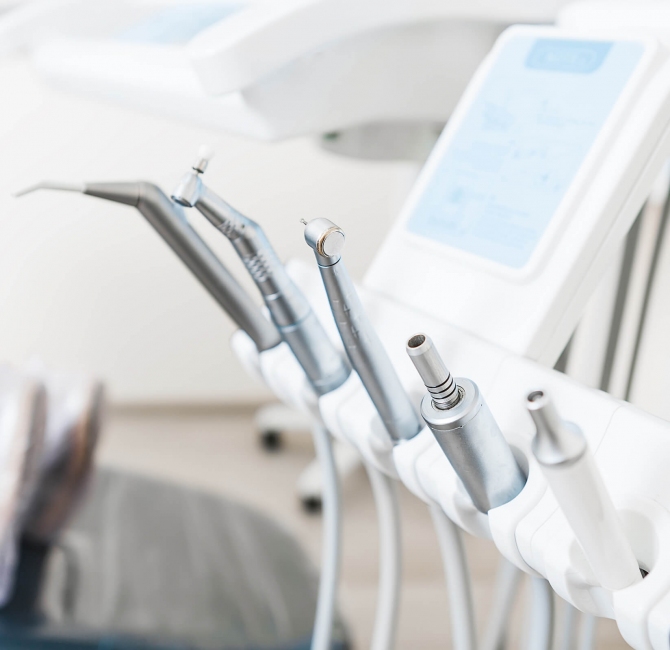The global COVID-19 pandemic has had significant implications for the diagnosis and management of obstructive sleep apnea (OSA). These findings from a systematic review were published in Sleep Medicine Reviews.
Researchers from the Warwick Medical School in the United Kingdom searched publication databases through June 2, 2020 for papers on COVID-19 and sleep. Studies (N = 18) which included data on OSA were analyzed for this review. Of the papers, 10 were related to diagnosis, treatment, and management of OSA with COVID-19 and 8 were related to OSA and the COVID-19 mortality risk.
The most common risks for mortality from COVID-19 among patients with OSA included advanced age, high body mass index, hypertension, cardiovascular diseases, lung diseases, and diabetes. A study of diabetes and COVID-19 identified OSA as an independent predictor of increased risk for mortality on day 7 (odds ratio [OR], 2.80; 95% CI, 1.46-5.38).
Some evidence suggested that the cytokine storm, which occurs among the most severely ill patients with COVID-19, may be aggravated by hypoxemia. The bouts of disrupted breathing during sleep among patients with OSA causes hypercapnia and hypoxemia, which may exacerbate the cytokine storm symptoms among patients with COVID-19 and OSA.
Other possible molecular or biological mechanisms which may put patients with OSA at a particular risk for poorer COVID-19 outcomes include oxidative stress and inflammation, which are activated pathways in OSA. Other mechanisms include levels of vitamin D, which is lower among those with OSA, and hypertension and idiopathic pulmonary fibrosis, which are common comorbidities with OSA.
One aspect of the COVID-19 pandemic which is particularly relevant and concerning to individuals with OSA and their families is the transmission of the virus. COVID-19 is primarily transmitted through droplets. Continuous positive airway pressure (CPAP) machines, which patients with OSA sleep with, is a droplet-generating process and potentially exacerbates the spread of the virus.
Some researchers have argued that CPAP should be avoided during the pandemic, however, discontinuing treatment has been associated with the return of negative symptoms. Most recently released guidelines advised patients to continue using their CPAP machine, but to separate from partners when possible and to maintain a high sanitation standard for their machine.
The pandemic has likely affected diagnoses of OSA and other sleep conditions as many sleep clinics have suspended or reduced appointment volumes. The study authors have recommended increasing the use of telemedicine for sleep-related problems and for the use of home testing.
The limitations of the underlying studies discussed in this review included non-systematic designs (n = 6), small sample sizes (n = 4), descriptive data (n = 1), and data collected at a single center (n = 1).
The review authors concluded patients with OSA were at increased risk for poorer clinical outcomes from COVID-19 infection due to comorbidities and the mechanistic pathways of OSA. The condition has likely been under diagnosed recently which will likely have consequences for the health status of future patients. Research is needed for developing sanitary diagnosis procedures and to determine which molecular pathways put patients with OSA at greater risk for COVID-19 mortality.



